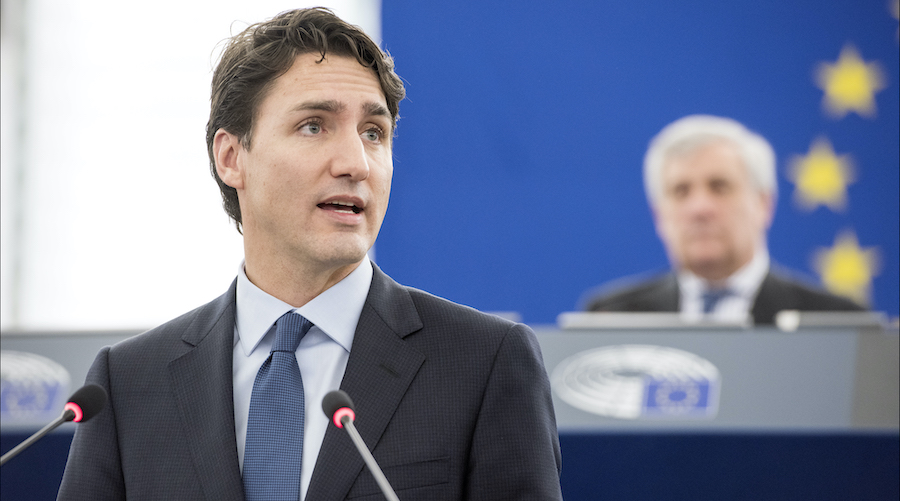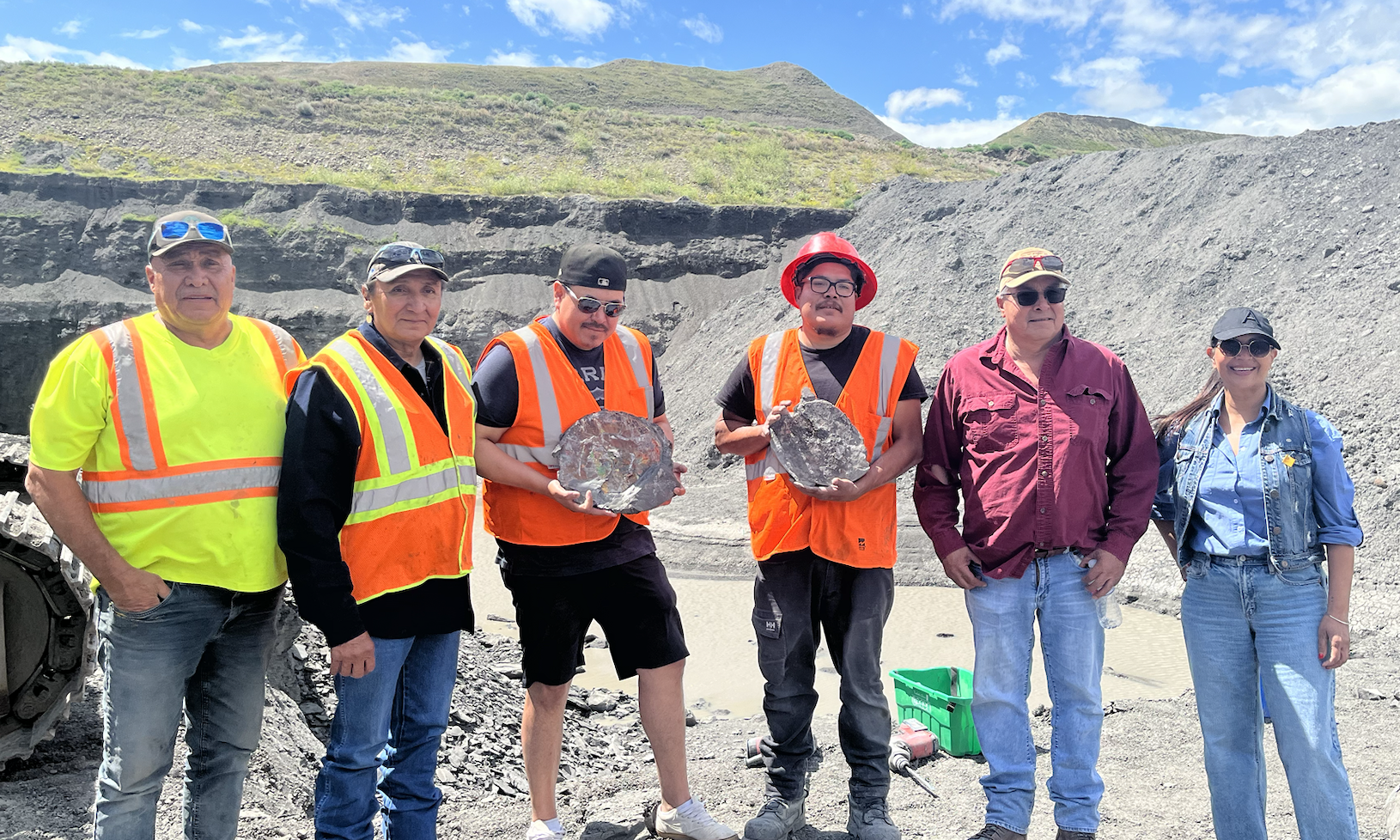Trudeau faces tough choices in countering US green incentives

Prime Minister Justin Trudeau has difficult decisions ahead as his government races to respond to the massive green-technology incentives in the US Inflation Reduction Act.
Industries from automobile manufacturing to oil and gas production are warning that Canada must invest more to match its largest trading partner. Government officials, speaking on condition they not be named in discussing policy deliberations, say that Canada can’t afford to go dollar-for-dollar with the US and will have to instead place bets on specific sectors.
Trudeau’s finance minister, Chrystia Freeland, has begun work on a response to President Joe Biden’s plan amid escalating concerns that more generous incentives will pull capital south of the border.
The US legislation puts Canada in a bind. Under Trudeau, the country passed a national carbon price and uses a mix of sticks and carrots to push industries to decarbonize. The US has largely neglected the sticks, but is now pointing a firehose of money — at least $370 billion, or nearly C$500 billion — at the green transition that risks undermining Canada’s own effort to build low-carbon industries.
A parliamentary committee is studying the matter, with steelmakers, auto manufacturers, trade unions, fuel producers and many other lobby groups called to testify.
“The IRA is the most audacious public policy instrument ever introduced to decarbonize a major economy,” Bob Masterson, chief executive officer of the Chemistry Industry Association of Canada, told lawmakers Tuesday. The Americans have “unleashed the power of private capital” to decarbonize, he argued, while Canada is stuck in debates over strategies and plans.
Meg Gingrich of the United Steelworkers Union told the committee that “the IRA’s incentives to firms to invest in clean technology, absent of any carbon tax, provides a double advantage to US steel producers.”
‘Enormous’ supports
Directly comparing the US and Canadian incentives is difficult, especially because they use different kinds of tax credits. Government staff often take issue with claims made by industry, arguing they underestimate Canada’s funding and history of support for the clean-tech sector.
But Freeland’s department acknowledges the threat. Her Nov. 3 budget update warned of the “enormous financial supports to firms that locate their production in the United States — from electric vehicle battery production, to hydrogen, to biofuels, and beyond.”
The government promised to create “a level playing field” between Canada and the US, with “significant additional actions” to come in next year’s full budget. The Business Council of Canada has argued Freeland can’t afford to wait, urging her to move the budget date into February instead of March or April.
Government officials have sought to assure companies making investment decisions that Canada will meet US incentives, said one person in the finance department.
Still, Trudeau’s government will have to set priorities. There are three areas likely to be emphasized, the people said: electric-vehicle supply chains, the production of clean fuels including hydrogen, and carbon-capture projects.
On carbon capture, Canada’s current incentives equate to half of what the US is offering, said Mark Cameron of Pathways Alliance, which works on net-zero policy for oil-sands producers.
“Clearly, to keep a level playing field with the IRA, there will have to be more money,” Cameron said by phone. But he added the government has a “variety of mechanisms” to do it, and some of that money is already budgeted for.
There is, for example, the Canada Growth Fund, which was created in this year’s budget and will have C$15 billion to attract private capital to net-zero projects. One intended use is carbon contracts for difference, which are effectively a federal backstop to carbon markets to de-risk business investment.
Other industry groups are pushing the government to pump substantially more money into its incentives.
Dennis Darby, chief executive officer of Canadian Manufacturers & Exporters, pointed to the Net Zero Accelerator Fund that pledges C$8 billion over seven years for large-scale decarbonization projects. He said it should increase to C$5 billion annually over the next ten years — an extra C$42 billion, though over a longer timeframe.
“The whole point of this is we’re trying to attract capital,” Darby said. “Companies are going to go where they get the best deal.”
Robert Asselin, a vice president at the Business Council and a former Trudeau adviser, said Canada needs to match the boldness of the US but warned about piling on more programs.
“It’s hard for me to see the coherence of all this, all these agencies and growth funds,” Asselin said. He said the money already promised through various streams actually puts Canada close to proportionally matching the US.
“The question is more about focusing and purposing the money where it is really needed, as opposed to spreading it around with no real focus,” he said.
(By Brian Platt)
More News
{{ commodity.name }}
{{ post.title }}
{{ post.date }}

Comments
BOB HALL
Freeland and focus? Be careful. When you act fast you often make mistakes. That is one of the major risks. The other is lack of knowledge. Everybody in the WORLD knew the IRA was coming. Why is Canada trying to rush now? The government spent so much capital attacking certain industry and efforts -read CCS- and will find it difficult to move now.
The IRA tries to fulfill Donald’s statements about returning quality manufacturing to America. Justin must work with it – not try to counter it. Get this wrong and look for the economic end of the nation.